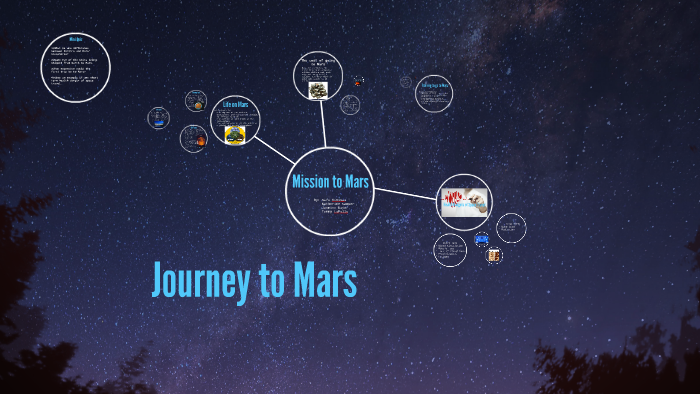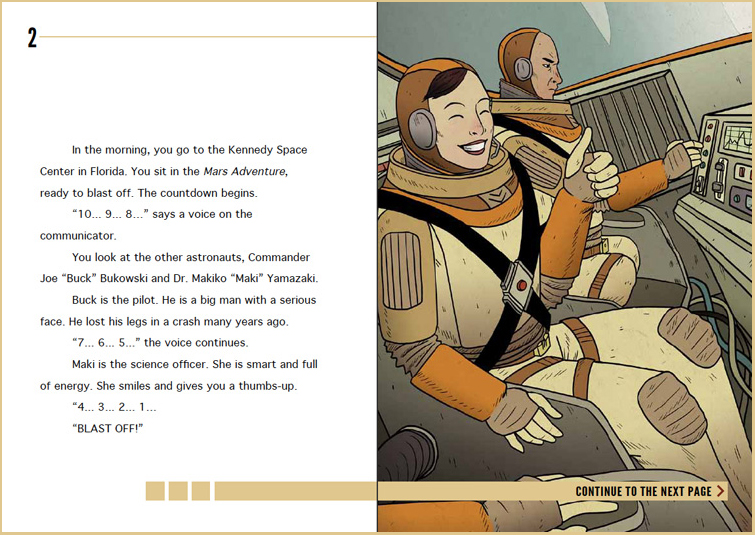

When it comes to long-term stays and colonization, several more ideas have been floated in the past. After the initial challenge in April of 2014, a follow-up challenge took place in July that awarded a prize of $30,000 for ideas involving active and passive protection.
NUCLEAR TIME JOURNEY MARS HOW TO
In 2014, NASA launched the Reducing Galactic Cosmic Rays Challenge, an incentive-based competition that awarded a total of $12,000 to ideas on how to reduce astronauts' exposure to galactic cosmic rays. They've also been looking for ways to develop better shielding for astronauts and electronics. Already, several solutions – both short term and long- have been proposed to address this problem.įor example, NASA maintains multiple satellites that study the sun, the space environment throughout the solar system, and monitor for galactic cosmic rays (GCRs), in the hopes of gaining a better understanding of solar and cosmic radiation.

What's more, any attempts to colonize the Red Planet will also require measures to ensure that exposure to radiation is minimized.

Human explorers to Mars will definitely need to deal with the increased radiation levels on the surface. And in addition to regular exposure to cosmic rays and solar wind, it receives occasional lethal blasts that occur with strong solar flares.Īrtist impression of a Mars settlement with cutaway view. Between the loss of its magnetic field and its atmosphere, the surface of Mars is exposed to much higher levels of radiation than Earth. However, roughly 4.2 billions year ago – either due to a massive impact from a large object, or rapid cooling in its core – this dynamo effect ceased.Īs a result, over the course of the next 500 million years, Mars atmosphere was slowly stripped away by solar wind. Scientists believe that at one time, Mars also experienced convection currents in its core, creating a dynamo effect that powered a planetary magnetic field. Mars has no protective magnetosphere, as Earth does. Aside from its cold, dry environment, lack of air, and huge sandstorms, there's also the matter of its radiation. All of these proposals have focused attention on the peculiar hazards that come with sending human beings to Mars. On top of that, there are even plenty of volunteers who are prepared to make a one-way journey to Mars, and people advocating that we turn it into a second home.


 0 kommentar(er)
0 kommentar(er)
